It is always very important to know why good design is important. We can see objects everywhere designed for different purposes and people often make subtle design mistakes in those everyday objects. But in some cases, a perfect design serves its purpose so seamlessly that it almost gets unnoticed. A good design is appreciated by all and well-valued.
Have we ever thought if an object or a product around you is a good design? What is one good design you used recently? Well, you must have checked into a hotel room with a master switch. Just turn off the master switch and the whole lights will go off with less effort. Things can be better than this as well. Imagine, you just got out of your room and you get a notification reminding you to turn off all the lights in your room with just one tap. You can use that perfect mobile controlled lighting system when you are all wrapped up in your warm blanket too.
A good design brings convenience, and when it is about good design, almost all designers look upon the principles of good design set by Dieter Rams. But first, let’s know who Dieter Ram is and why is he famous amongst designers.
Dieter Ram is one of the most influential designers of the past 5 decades who has a big influence on the design industry as well as the overall concept of product design which we have in our mind today.
Dieter had a design motto, “Weniger, aber besser” which states “Less, but better” has influenced over the design works of some of the most recognized designers today, including Apple’s SVP of Design, Jonathan Paul (Jony) Ive, who closely adapted the works and principles of Dieter Ram.
In the 1980s Dieter stated 10 principles of Good Design which apply equally to digital design as much as they do to industrial design.
Good design is innovative
“The possibilities for innovation are not, by any means, exhausted. Technological development is always offering new opportunities for innovative design. But innovative design always develops in tandem with innovative technology, and can never be an end in itself.”
Learning with example
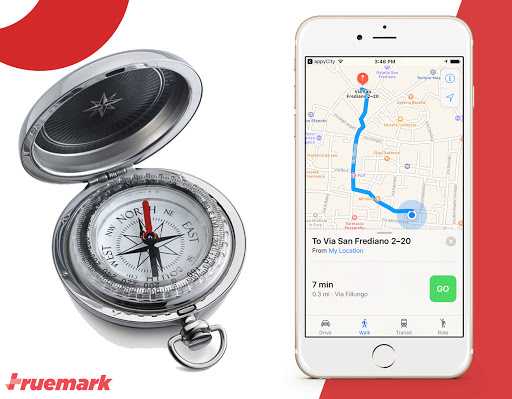
Innovations never cease to exist. Until there are real-world problems there will be innovations. The innovations must be able to solve the newest problems rather than just being a fancy decorative gadget. As there are many technologies out-bursting which open more gateway for technological innovations. Such innovations must serve a purpose. Like people used compass for direction in the old days, maps are handy for us now. Even the features of maps are upgrading, making it better and better every day. That’s what becoming more innovative is.
Good design makes a product useful
“A product is bought to be used. It has to satisfy certain criteria, not only functional but also psychological and aesthetic. Good design emphasizes the usefulness of a product while disregarding anything that could possibly detract from it.”
Learning with example
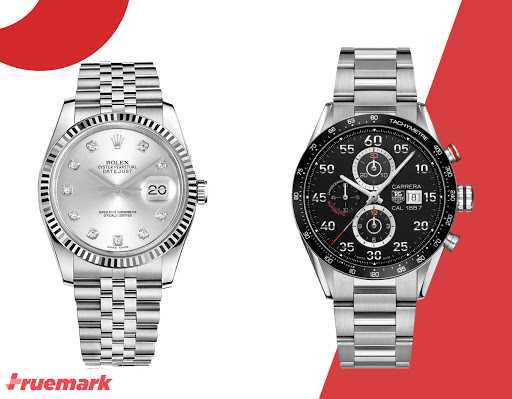
A good product must satisfy the product owner functionally as well as psychologically. When someone buys a product it must serve its job, also, it must add value to their lives. People who wear diamond fitted Rolex have a better charm than those who wear normal watches. This is kind of pointless as both watches serve the same purpose, but the people with Rolex are showing their better image with the possessions.
Good design is aesthetic
“The aesthetic quality of a product is integral to its usefulness because products we use every day affect our person and our well-being. But only well-executed objects can be beautiful.”
Learning with example
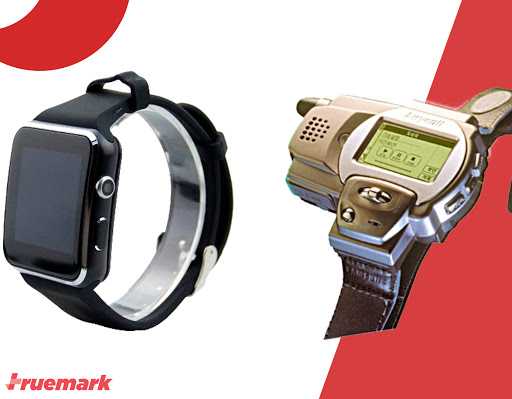
The users are highly attracted by the visual effect of a product, so, we can say that looks matter. A product must be minimalist in such a way that it should visually excite the owner and also serve its purpose and there should not be an extra odd glare in it. Thus the products should be sleek, elegant, and beautiful.
Good design makes a product understandable
“It clarifies the product’s structure. Better still, it can make the product clearly express its function by making use of the user’s intuition. At best, it is self-explanatory.”
Learning with example

Products must be able to explain themselves to the users. Generally, products need a user’s manual which is a considerable thing, but, in some cases some products need every piece of instruction to be explained. Well, in that case, the product doesn’t fall under the understandable category. A product must be so simple that a user should be able to operate it without difficulty using his/her intuition.
Good design is unobtrusive
“Products fulfilling a purpose are like tools. They are neither decorative objects nor works of art. Their design should therefore be both neutral and restrained, to leave room for the user’s self-expression.”
Learning with example
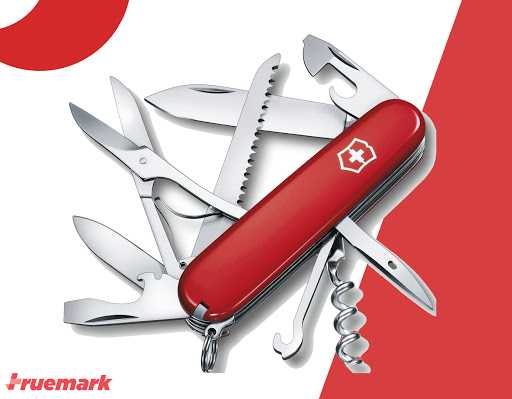
Some products are made with a projection regarding users’ tasks. But at the very moment, the user might find out that the product can be used for some other purposes too. An example of a Swiss Knife can be a perfect fit under this section as the user has no choice left than to carry it with him/her as it is an all in one product.
Good design is honest
“It does not make a product more innovative, powerful or valuable than it really is. It does not attempt to manipulate the consumer with promises that cannot be kept.”
Learning with example

One should be honest with the users about what he/she is delivering to them. If you convince your client with something you are going to offer, then you must be able to offer the exact same thing to preserve the honesty of the product. Every features promised during the marketing campaign must be offered to the user.
Good design is long lasting
“It avoids being fashionable and therefore never appears antiquated. Unlike fashionable design, it lasts many years – even in today’s throwaway society.”
Learning with example
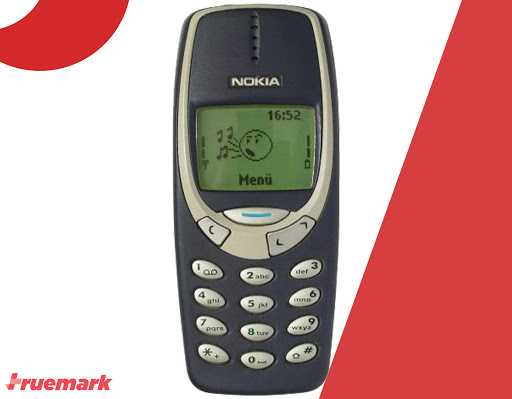
Designing something just for fashion has high-risk factors and would be totally pointless. A product must be timeless and should provide value for a long time. If a product developed is just fashion-centric, it would be a throwaway piece for tomorrow. Good design withstands trends, just like a blog content.
Good design is thorough down to the last detail
“Nothing must be arbitrary or left to chance. Care and accuracy in the design process show respect towards the user.”
Learning with example
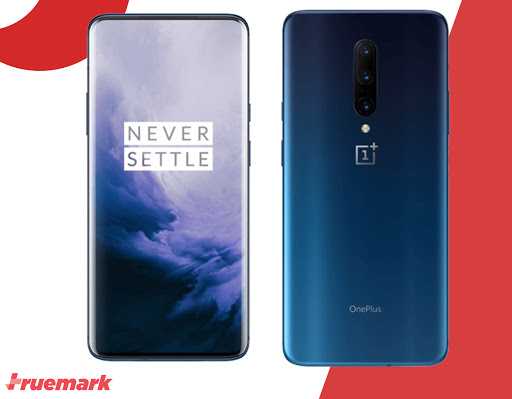
Some products are 90% complete and the designs lack the final ‘cherry on top’ thing. Imagine that disturbing notch on your cell-phone - despite having all the advanced high tech features, that ugly little thing might ruin the whole smooth user experience. So, every single detail must be precise and on point.
Good design is environmentally friendly
“Design makes an important contribution to the preservation of the environment. It conserves resources and minimizes physical and visual pollution throughout the life-cycle of the product.”
Learning with example
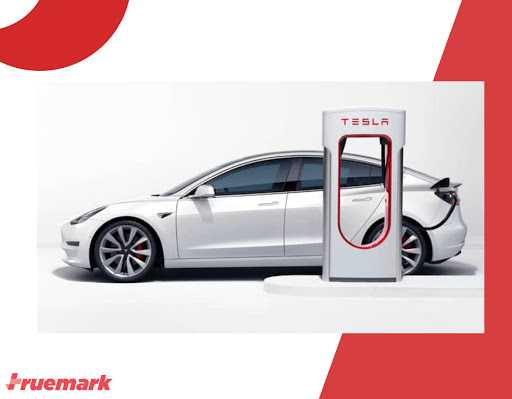
In digital design, there is barely any environmental pollution except for the fact that there might be audio and visual pollution. So, in cases of industrial design, there must be the least use of natural resources. Overdoing a product with excess plastic causes more pollution and human efforts are wasted too. So, the products must be developed in such a way that there is an optimal use of resources. Furthermore, they should consume less resources while they are being used too.
Good design is as little design as possible
“Less, but better – because it concentrates on the essential aspects, and the products are not burdened with non-essentials.
Back to purity, back to simplicity.”
Learning with example
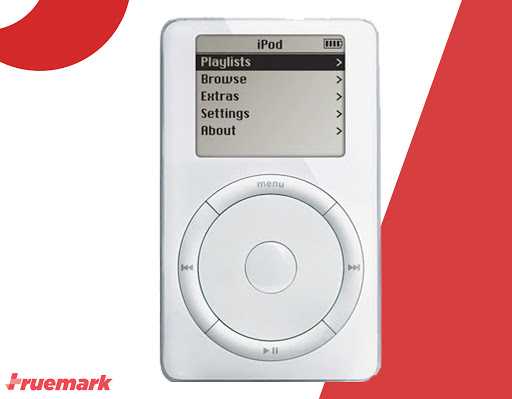
A good design must be simple and concrete. If it has vague purpose, it must be eliminated. A product should not have conflicting goals or extra decor in it. Its primary goal is to serve the task keeping things pure and simple.
You must have felt that dissatisfaction of working with unprofessional designers who have no sense of a good design. Here, at True mark technology, we offer you top-notch designs to make your business more successful. Please feel free to contact us, if you want to work with us.
